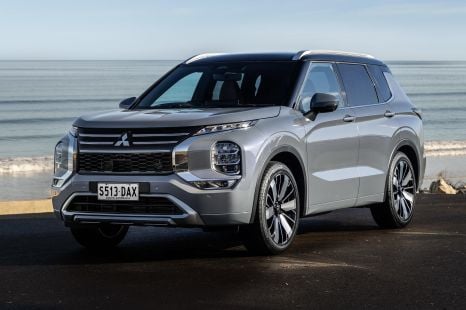

Max Davies
5 Days Ago

News Editor
Volvo may be softening its electric vehicle (EV) goals, but it’s still busily expanding its battery-powered lineup.
The company has confirmed it’ll launch a new electric SUV called the EX60, which will debut a new platform called SPA3. It hasn’t confirmed when it’ll launch the new SUV.
The mid-sized SUV will slot in between the EX30 and EX90 SUVs, and serve as an electric counterpart to the XC60 which is Volvo’s best-selling vehicle globally.
The SPA3 platform builds on the SPA2 underpinnings of models like the EX90, and include several key upgrades such as enhanced core computing capability.
100s of new car deals are available through CarExpert right now. Get the experts on your side and score a great deal. Browse now.

Volvo says the SPA3 platform is far more scalable than SPA2, and can underpin cars of all sizes – that includes vehicles smaller than the EX30, and larger than the EX90.
The company says this modularity will allow for lower investment costs, leading to stronger future cash flow.
It’s part of a move by Volvo to find more synergies when it comes to components and manufacturing to drive down production costs.
Volvo says all future electric cars, starting with the recently launched EX90, will use the same fundamental core of systems, modules, software and hardware which it calls the Volvo Cars Superset tech stack.

Vehicles will use a selection of the “building blocks” that comprise this tech stack.
The EX60 will be built at the company’s plant at Torslanda in Sweden, though Volvo rarely builds vehicles in one plant these days.
With the EX60, Volvo will enter the heart of the EV market with a mid-sized SUV. It already offers small electric SUVs in the EX30 and the XC40 and C40 (soon to be renamed EX40 and EC40), and has introduced a flagship electric SUV called the EX90.
In China, it offers the EM90, a large people mover closely related to the 009 from fellow Geely-owned brand Zeekr.

Volvo has also teased its first electric sedan, the ES90, which is set to launch ahead of the EX60.
The company announced this week it was targeting 90 to 100 per cent electrified vehicle sales by 2030 – with the new target including plug-in hybrids (PHEVs).
This is a softening of the goal it announced in March 2021, when it said it would only sell EVs globally by 2030.
Volvo has left a buffer of up to 10 per cent for its 48-volt mild-hybrid models, which provide small fuel savings compared to pure internal combustion engines (ICEs).

This could mean existing petrol and plug-in hybrid Volvo models could receive updates to keep them fresh. Volvo this week revealed an updated XC90, representing the second facelift for the flagship model.
“There has been a slower than expected rollout of charging infrastructure, withdrawal of government incentives in some markets and additional uncertainties created by recent tariffs on EVs in various markets,” the carmaker said in a media statement.
“With this in mind, Volvo Cars continues to see the need for stronger and more stable government policies to support the transition to electrification.
“The strategic adjustments to its electrification ambitions ensure that Volvo Cars has a flexible plan that meets customer preferences and enables value creation as a business.”
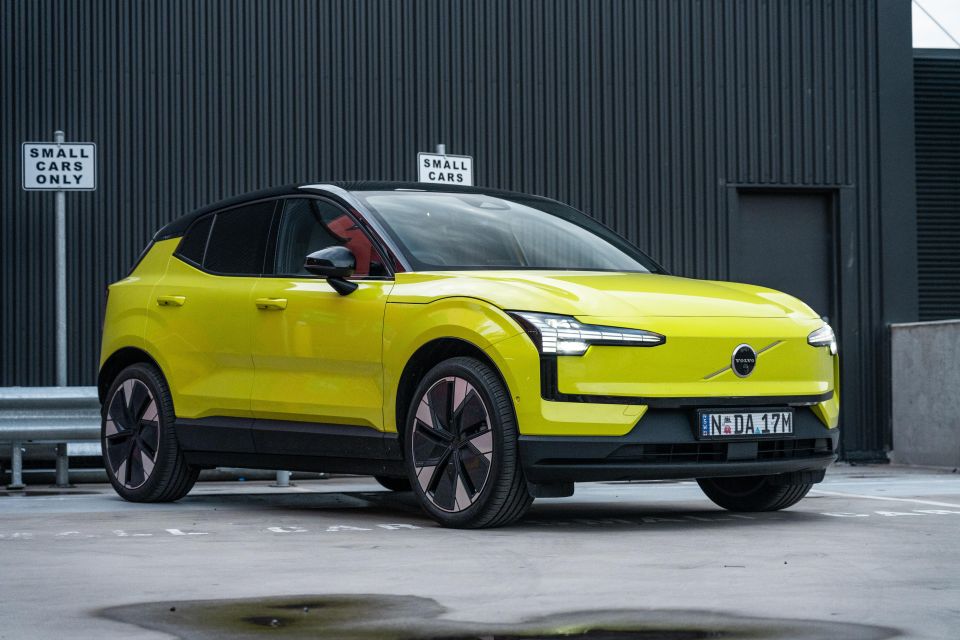
By 2025, Volvo expects EVs and PHEVs to account for 50 to 60 per cent of its global sales – a target it’s on track to meet, as 48 per cent of its vehicles sold in the second quarter of 2024 were plug-in, and 26 per cent were electric-only.
Volvo Car Australia announced in 2022 its plans to switch to an electric-only lineup by 2026, four years ahead of its global parent.
It still has work to do, however. In the first half of 2024, Volvo delivered 2024 EVs in Australia, which accounted for just under 43 per cent of its 4741 total sales to that point.
“Our 2026 all-electric ambition is still very much a focus,” a Volvo Cars Australia spokesperson told CarExpert.
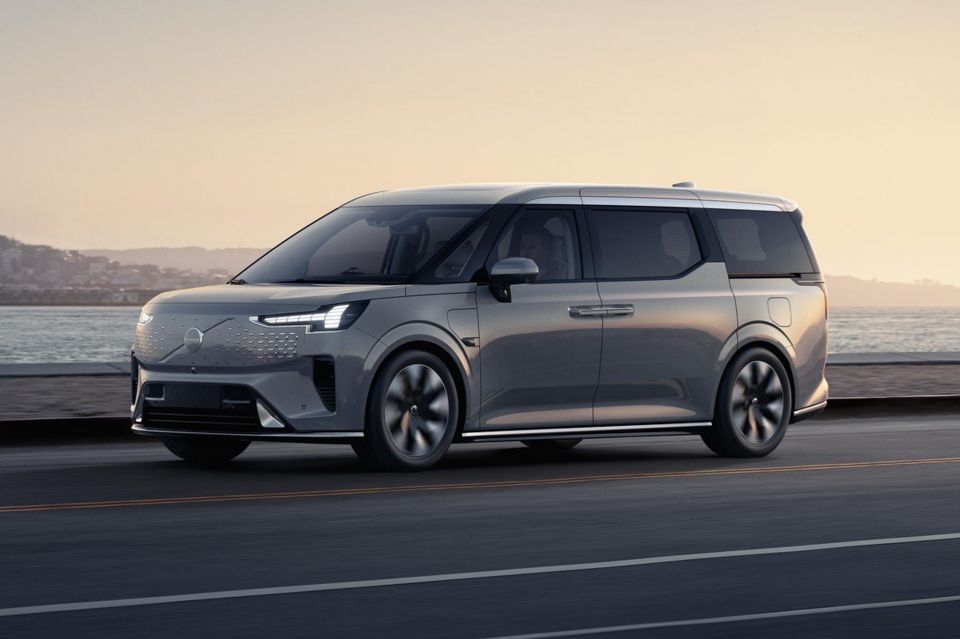
“Since the global transition to electrification will not be linear, as customers and markets move at different speeds of adoption, we need to be pragmatic and flexible, while retaining our industry-leading position on electrification and sustainability.”
Speaking to CarExpertin May, Volvo Car Australia managing director Stephen Connor said all new cars coming to Australia will be electric, with PHEVs only potentially being introduced to existing models through facelifts.
“Every new car that we bring will be a battery electric car. So every new model that comes into the range will be battery electric,” Mr Connor told CarExpert.
“That’s critical for me to emphasise that. If it’s a new model, it will be purely battery electric; if it’s an existing model or facelift then that’s the current XC60 or XC90 [where there’s scope for non-EV launches before 2026].”
MORE: Volvo is the latest brand to walk back ambitious EV goals
Take advantage of Australia's BIGGEST new car website to find a great deal on a Volvo.
William Stopford is an automotive journalist based in Brisbane, Australia. William is a Business/Journalism graduate from the Queensland University of Technology who loves to travel, briefly lived in the US, and has a particular interest in the American car industry.


Max Davies
5 Days Ago


Matt Campbell
4 Days Ago
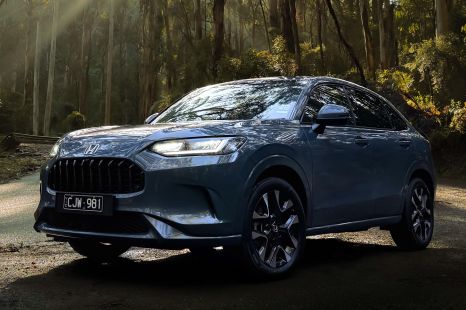

Elle Baillieu
3 Days Ago


William Stopford
3 Days Ago
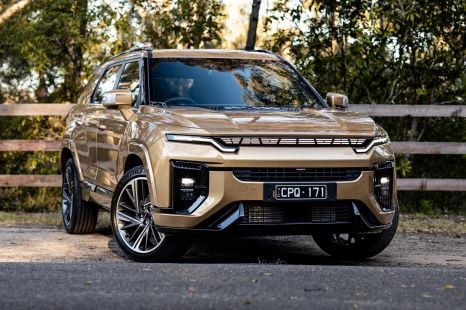

Matt Campbell
2 Days Ago
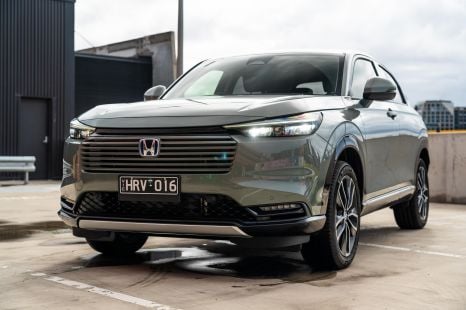

Max Davies
1 Day Ago